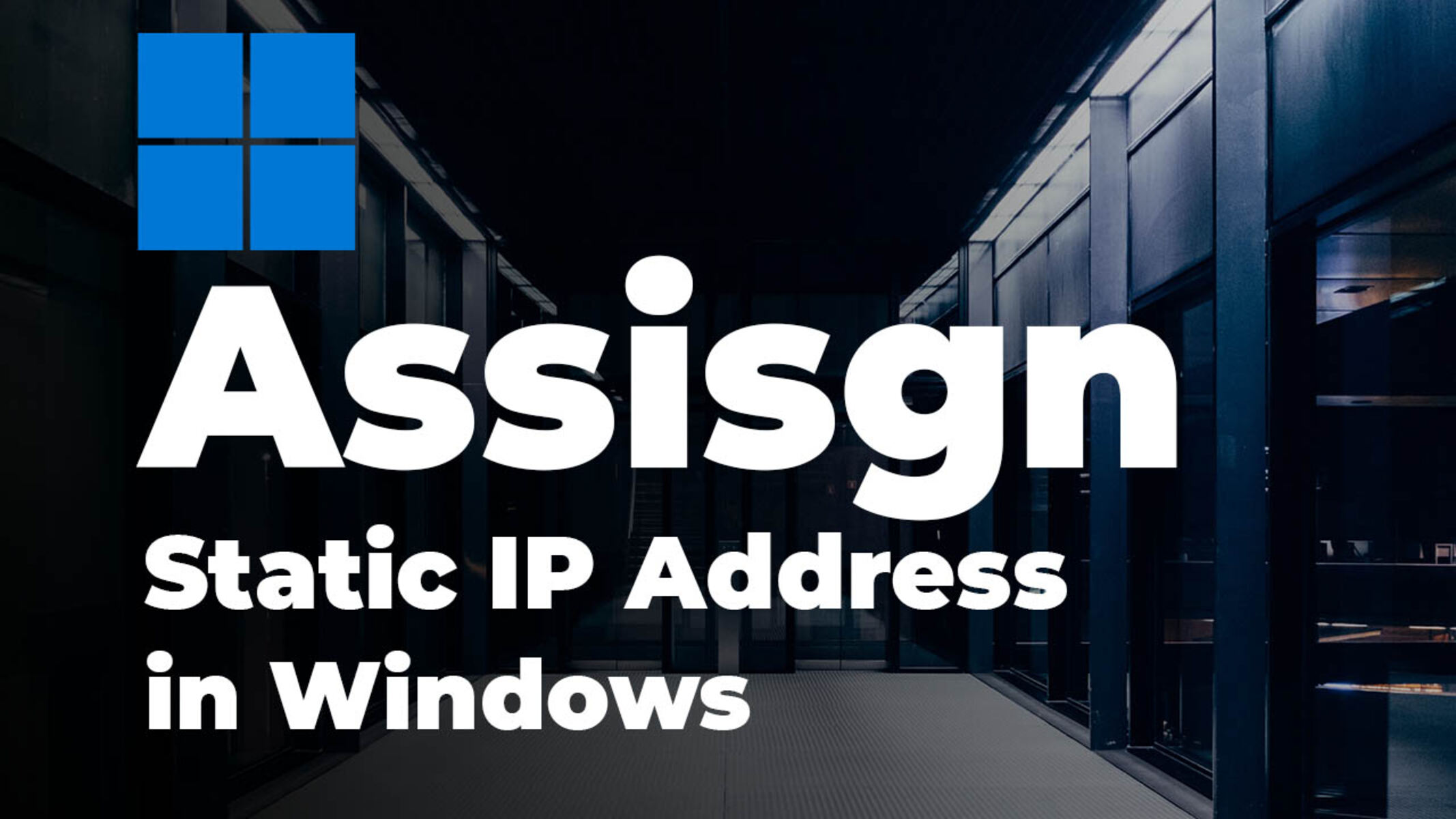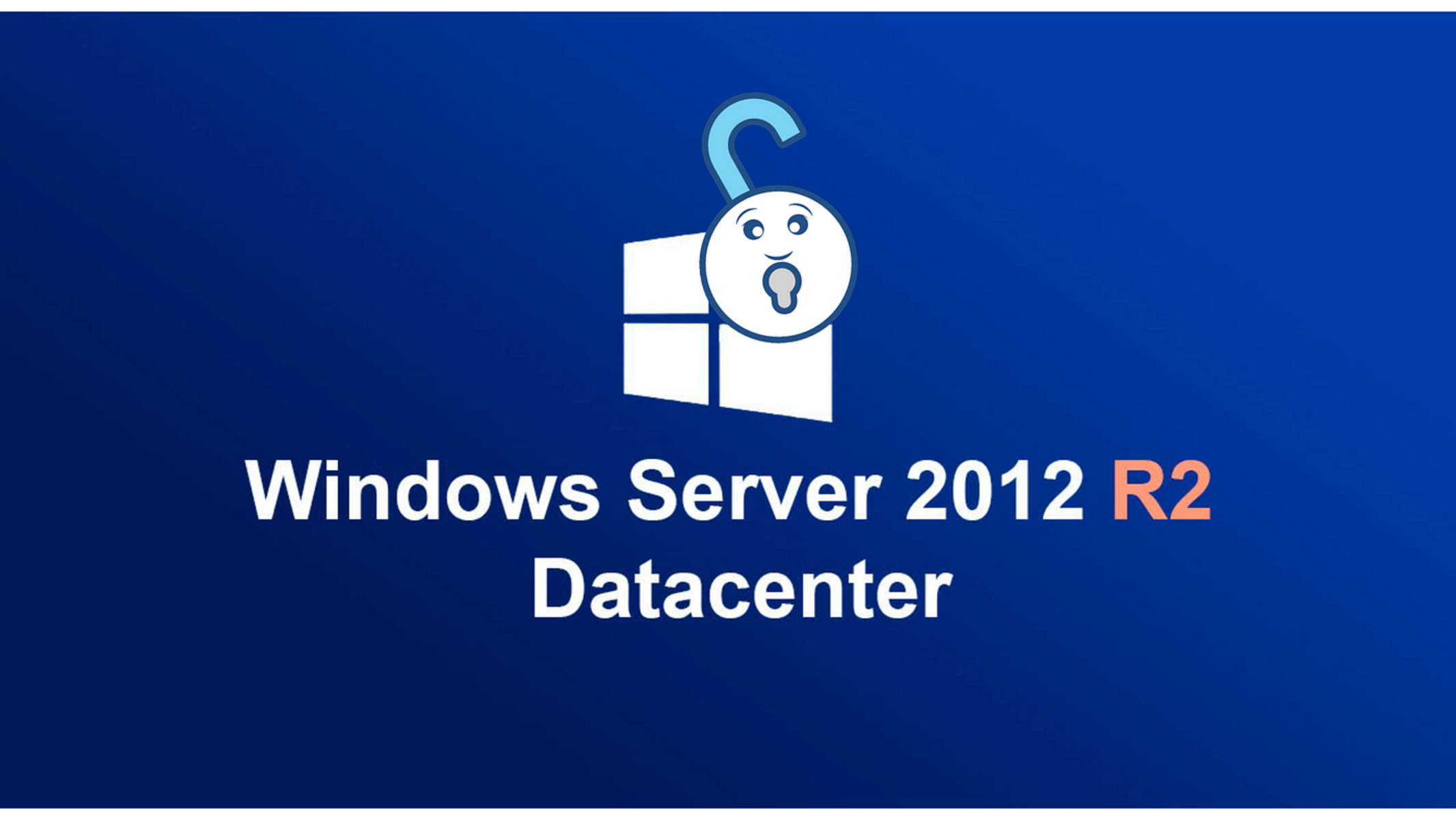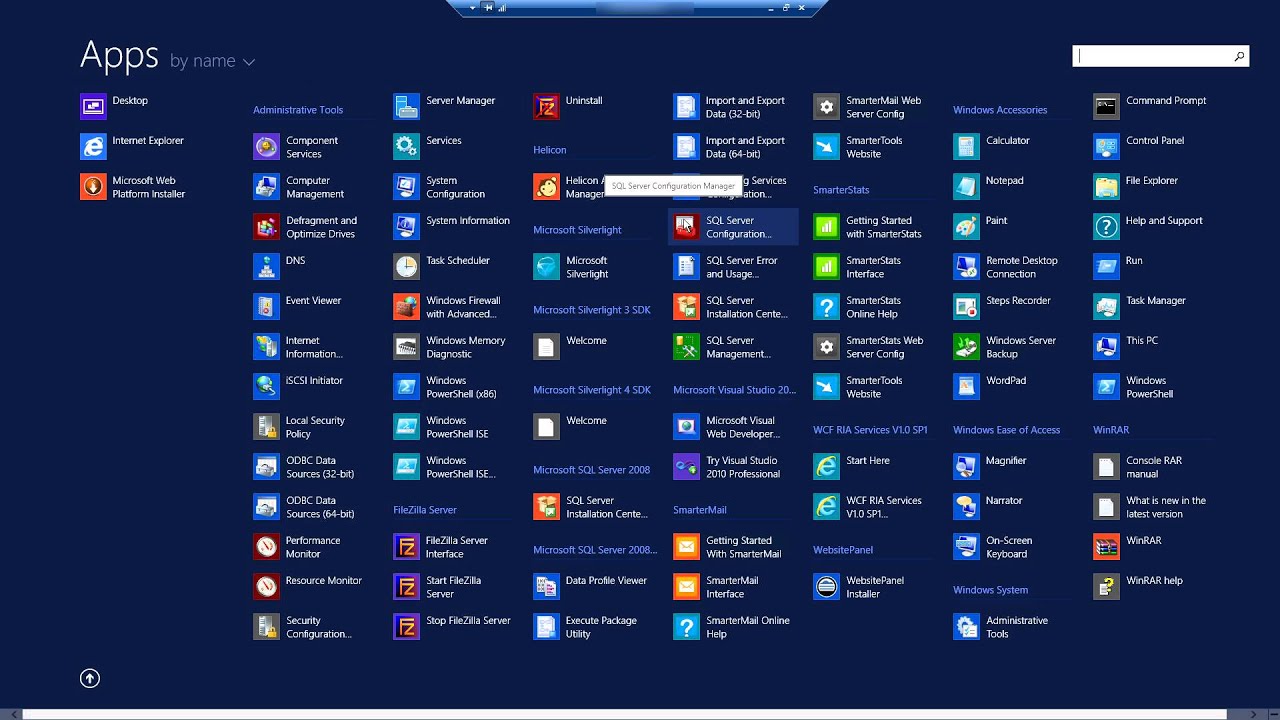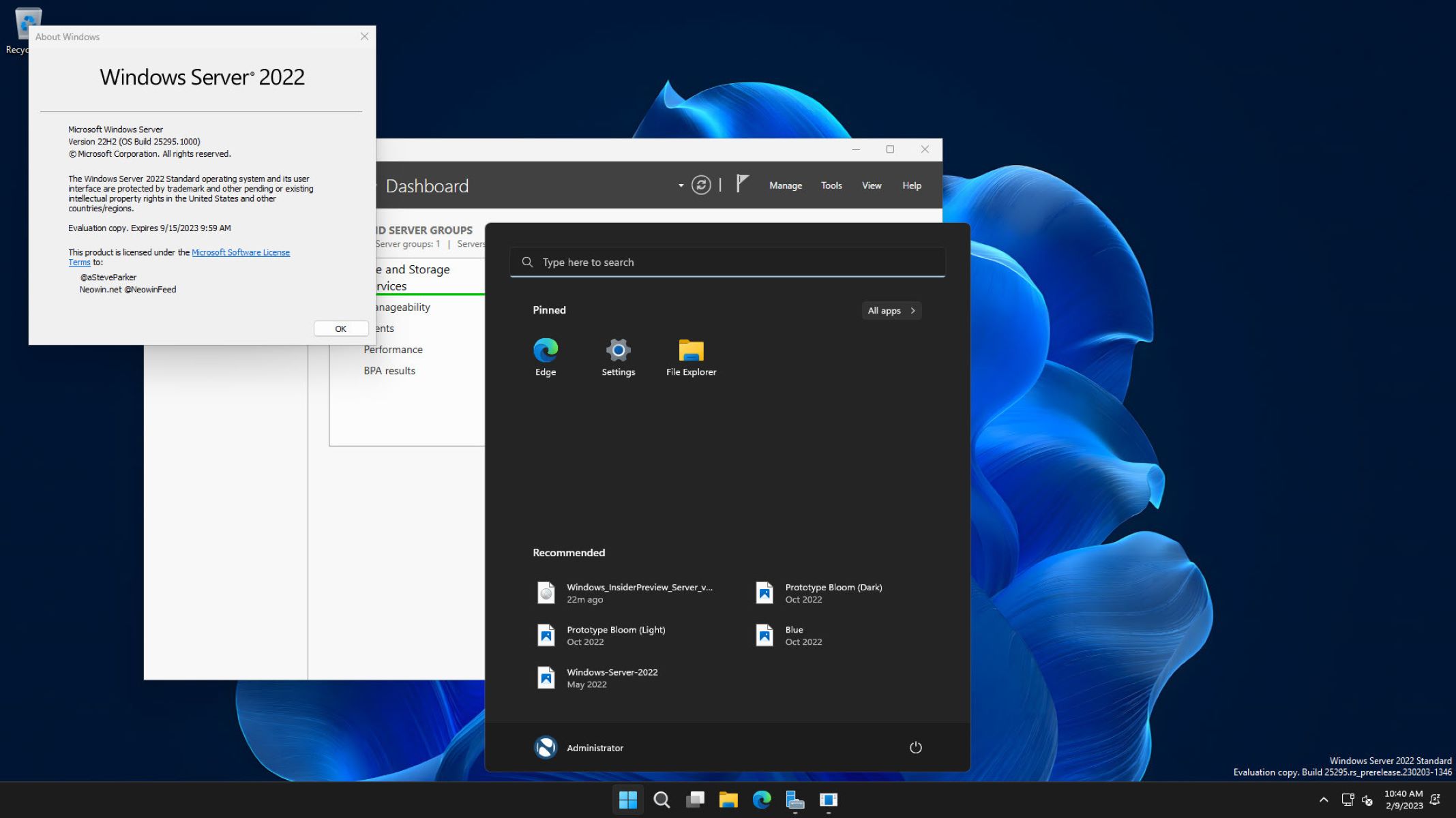Introduction
Welcome to the world of Windows Server 2008 R2, where the ability to assign a static IP address to a workstation is an essential skill for any network administrator. By assigning a static IP address, you can ensure a stable connection and easily manage your devices on the network. Whether you’re setting up a new workstation or troubleshooting network issues, this step-by-step guide will walk you through the process of assigning a static IP address to a workstation in Windows Server 2008 R2.
When devices connect to a network, they are typically assigned an IP address automatically, known as a dynamic IP address. However, in certain situations, such as when you want a device to always have the same IP address, a static IP address is necessary. A static IP address is manually configured and remains constant, providing a reliable connection and making it easier to locate and manage devices on the network.
In this tutorial, we will demonstrate how to assign a static IP address to a workstation in Windows Server 2008 R2. This process involves accessing the Network and Sharing Center, navigating to the network adapter settings, and configuring the TCP/IPv4 properties. By following these steps, you will have full control over the IP address and network settings of your workstation.
Before we begin, it’s important to note that you should have administrative privileges on the server to make these changes. Additionally, ensure that you have the necessary information, such as the desired static IP address, subnet mask, default gateway, and DNS server addresses, before proceeding.
Now, let’s dive into the step-by-step process of assigning a static IP address to a workstation in Windows Server 2008 R2.
Step 1: Open Network and Sharing Center
The first step in assigning a static IP address to a workstation in Windows Server 2008 R2 is to open the Network and Sharing Center. This central hub allows you to manage your network connections and settings.
To begin, click on the “Start” menu located at the bottom left corner of your desktop. Next, select “Control Panel” from the menu that appears. In the Control Panel window, look for the “Network and Internet” category and click on it. Within this category, you will find the “Network and Sharing Center” option, so go ahead and click on it.
Alternatively, you can access the Network and Sharing Center by right-clicking on the network icon located in the system tray at the bottom right corner of your screen. A context menu will appear, and from there, select “Open Network and Sharing Center.”
Once you’re in the Network and Sharing Center, you’ll be presented with a graphical representation of your network connections. This view provides an overview of your current network status, including the type of network (e.g., Public, Private, or Domain) and the active network connections.
Take a moment to familiarize yourself with the layout and options in the Network and Sharing Center. This will come in handy as you configure your static IP address in the subsequent steps. Now that you’re in the Network and Sharing Center, you’re ready to move on to the next step.
Step 2: Change Adapter Settings
After opening the Network and Sharing Center, the next step in assigning a static IP address to a workstation in Windows Server 2008 R2 is to change the adapter settings. This allows you to modify the properties of the network adapter to configure a static IP address.
To change the adapter settings, click on the “Change adapter settings” link on the left-hand side of the Network and Sharing Center window. This will open a new window displaying all the network connections available on your workstation.
Look for the network connection that you want to assign a static IP address to. It may be labeled as “Local Area Connection” or “Ethernet,” depending on your specific setup. Right-click on the desired network connection and select “Properties” from the context menu.
The properties window will display various settings and protocols associated with the network connection. Here, you have the ability to configure the IP address, subnet mask, default gateway, and DNS server addresses.
Before proceeding to the next steps, it is advisable to disable any other network protocols or services that are not needed for your specific configuration. This helps to streamline the network connectivity and ensures that the focus is solely on the static IP address assignment.
Once you have reviewed and adjusted the settings in the properties window, click on the “OK” button to save the changes. You will be returned to the Network and Sharing Center, where you can proceed to the next step in the process.
Changing the adapter settings enables you to manage and customize the network connection according to your specific requirements. It allows you to fine-tune your network settings and ensure a stable and reliable connection for your workstation. With the adapter settings changed, you’re one step closer to assigning a static IP address to your workstation in Windows Server 2008 R2.
Step 3: Open Properties for Local Area Connection
Once you have accessed the Network and Sharing Center and changed the adapter settings, the next step in assigning a static IP address to a workstation in Windows Server 2008 R2 is to open the properties for the Local Area Connection.
To do this, go back to the Network and Sharing Center window. From the list of network connections, locate the “Local Area Connection” that you want to assign a static IP address to. Right-click on the Local Area Connection and select the “Properties” option from the context menu.
A new window will open, displaying the properties specific to the Local Area Connection. Here, you can configure advanced settings, such as Internet Protocol Version 4 (TCP/IPv4), Internet Protocol Version 6 (TCP/IPv6), Client for Microsoft Networks, File and Printer Sharing for Microsoft Networks, and more.
For the purpose of assigning a static IP address, focus on the Internet Protocol Version 4 (TCP/IPv4) option. Select this item and click on the “Properties” button.
In the Internet Protocol Version 4 (TCP/IPv4) Properties window, you will find fields to input the IP address, subnet mask, default gateway, and DNS server addresses. These settings determine the network configuration of your workstation.
By default, the “Obtain an IP address automatically” option is usually selected. To assign a static IP address, select the “Use the following IP address” option. This will enable the input fields for you to enter the desired IP address and other required details.
It is important to note that when assigning a static IP address to a workstation, you need to ensure that the IP address falls within the same subnet as your network. Consult your network administrator or refer to the network documentation for the appropriate IP address to use.
Once you have entered the necessary information, click on the “OK” button to save the changes and close the properties window. You will be returned to the Network and Sharing Center, where you can proceed to the next step in the process.
Opening the properties for the Local Area Connection allows you to configure specific network protocols and settings, giving you full control over the network configuration of your workstation. With the properties set, you’re now ready to move on to the next step and assign a static IP address to your workstation in Windows Server 2008 R2.
Step 4: Select Internet Protocol Version 4 (TCP/IPv4)
After opening the properties for the Local Area Connection, the next step in assigning a static IP address to a workstation in Windows Server 2008 R2 is to select the Internet Protocol Version 4 (TCP/IPv4) option. This is where you will configure the specific IP address, subnet mask, default gateway, and DNS server addresses.
In the properties window for the Local Area Connection, you will see a list of installed protocols and services. Locate the “Internet Protocol Version 4 (TCP/IPv4)” option and select it by clicking on the checkbox beside it. This will activate the properties for this particular protocol.
Once the Internet Protocol Version 4 (TCP/IPv4) option is selected, you will notice that the “Properties” button becomes active. Click on this button to open the properties dialog for this protocol.
In the properties dialog, you will see two sections: “General” and “Alternate Configuration.” The general section allows you to manually configure the IP address, subnet mask, default gateway, and DNS server addresses. The alternate configuration section is useful if your workstation needs to obtain an IP address automatically when the specified static IP address is not available.
To assign a static IP address to your workstation, select the “Use the following IP address” option within the general section. Here, you can enter the desired IP address, subnet mask, default gateway, and DNS server addresses. Make sure to enter accurate and valid information to ensure proper network connectivity.
It is crucial to note that the IP address you assign must be unique within your network. Use an IP address that is not already assigned to another device, as conflicts can cause network connectivity issues.
If you are uncertain about the values to enter in these fields, consult your network administrator or refer to the network documentation for the appropriate values.
Once you have entered the necessary information, click on the “OK” button to save the changes and close the properties dialog. You will be returned to the properties window for the Local Area Connection.
By selecting the Internet Protocol Version 4 (TCP/IPv4) option and configuring the specific IP address details, you are one step closer to assigning a static IP address successfully to your workstation in Windows Server 2008 R2.
Step 5: Enter IP Address, Subnet Mask, Default Gateway, and DNS Server Addresses
Now that you have selected the Internet Protocol Version 4 (TCP/IPv4) option, it’s time to enter the IP address, subnet mask, default gateway, and DNS server addresses. These details are crucial for correctly configuring a static IP address on your workstation in Windows Server 2008 R2.
In the properties window for the Local Area Connection, navigate to the “Internet Protocol Version 4 (TCP/IPv4)” section. Here, you will find input fields to specify the necessary IP address parameters.
Let’s begin with the IP address. Enter the desired IP address in the corresponding field. Remember, the IP address you choose must be unique within your network. Consult your network administrator or refer to the network documentation for valid IP address ranges.
Next, specify the subnet mask. The subnet mask helps define the network range and determines which devices are on the same local network. Enter the appropriate subnet mask value in the designated field.
Moving on to the default gateway, this is the IP address of the router or gateway device that connects your local network to external networks, such as the internet. Enter the IP address of your default gateway in the appropriate field. Again, consult your network administrator or refer to the network documentation for the correct value.
Lastly, enter the DNS server addresses. DNS (Domain Name System) servers translate domain names into IP addresses, allowing your workstation to access websites and other network resources by name. Enter the IP addresses of the DNS servers provided by your network administrator or internet service provider. If you’re unsure, you can usually use public DNS servers such as Google’s DNS (8.8.8.8 and 8.8.4.4).
After entering all the necessary information, double-check to ensure accuracy. An incorrect configuration can lead to connectivity problems. Once you are confident in the entered values, click on the “OK” button to save the changes. You will be returned to the properties window for the Local Area Connection.
Entering the IP address, subnet mask, default gateway, and DNS server addresses allows Windows Server 2008 R2 to properly configure your static IP settings. With these values set, your workstation is now ready to connect to your network using the assigned static IP address.
Step 6: Test the Connection
After assigning a static IP address to your workstation in Windows Server 2008 R2, the final step is to test the connection to ensure that it is working correctly. Testing the connection allows you to verify that the network settings are properly configured and that you can successfully communicate with other devices on the network.
To begin testing the connection, open a web browser or any network-reliant application on your workstation. Enter a website URL or perform any network activity that requires internet connectivity. If you are able to access the internet or perform the desired network activity, it indicates that your connection is functioning properly.
In addition to internet connectivity, test local network connectivity as well. Try accessing shared files or resources on other devices within your network. This will ensure that you can successfully communicate with devices on the same local network.
If you encounter any issues during the testing process, double-check your IP address, subnet mask, default gateway, and DNS server settings to ensure that they are entered correctly. Verify that your IP address falls within the correct range for your network and that there are no conflicts with other devices.
If necessary, consult your network administrator or refer to the network documentation for troubleshooting steps. They can provide guidance on resolving any connectivity issues you may encounter.
By testing the connection, you can confirm that your workstation is properly configured with the assigned static IP address. It allows you to ensure reliable network connectivity and verify that you can access both local and external resources on your network.
Congratulations! You have successfully assigned a static IP address to your workstation in Windows Server 2008 R2 and tested the connection. Enjoy the stability and control that comes with a static IP address, and make any further adjustments or modifications as needed to optimize your network setup.

























